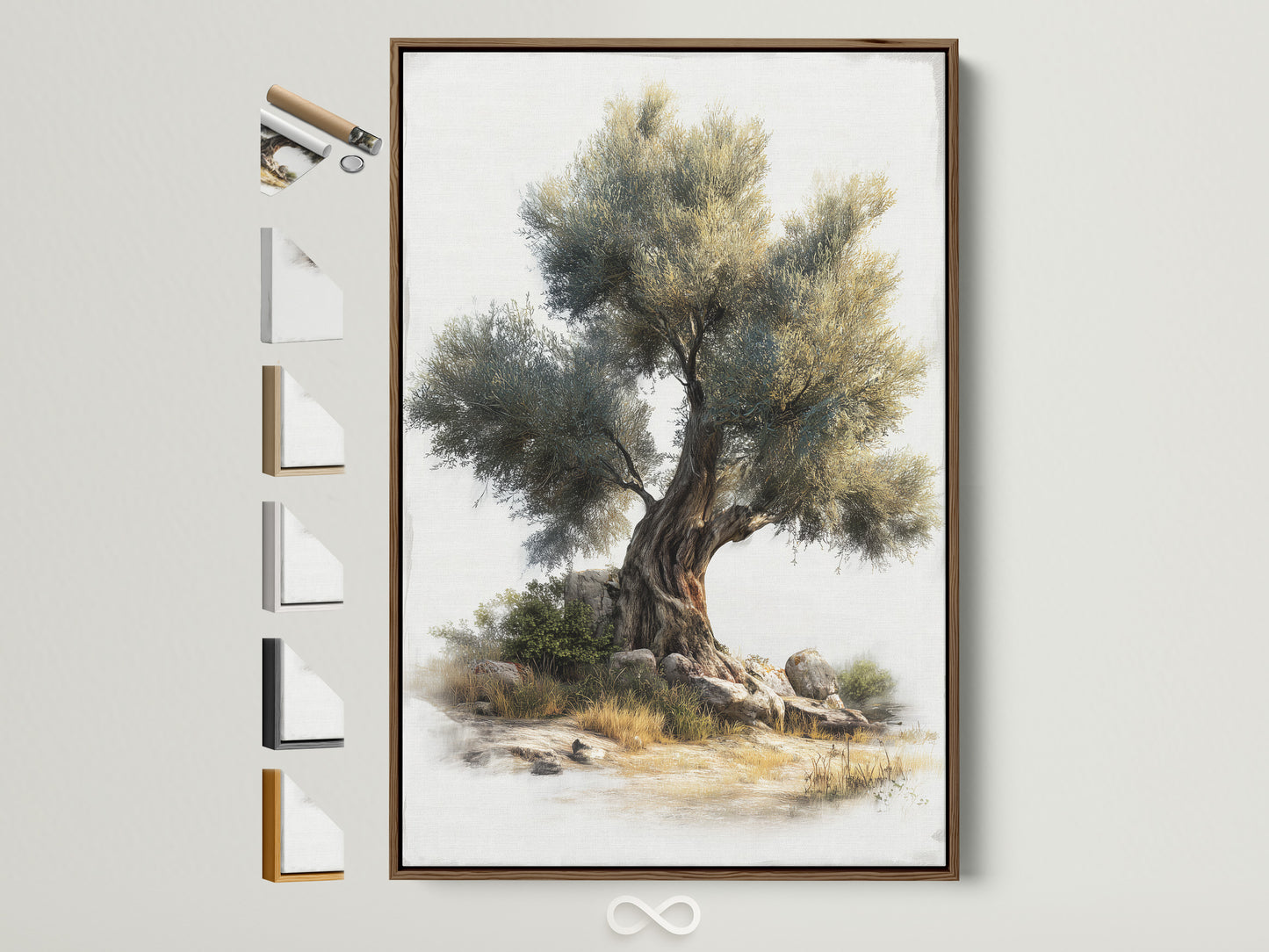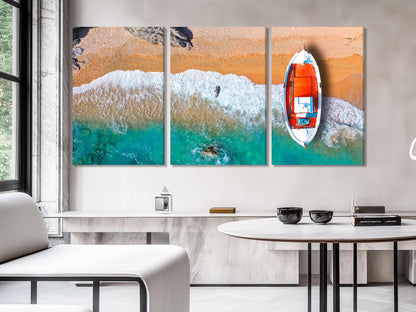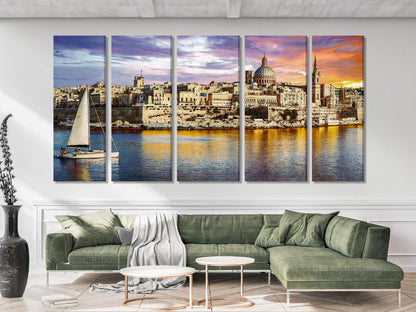The Cyprus House: A Friendly Guide to Cypriot Home Decor
Whitewashed walls, stone underfoot, shutters the color of sea light—Cypriot home decor is both climate‑smart and quietly beautiful. Below you’ll find the materials, palette, lighting moves, and a room‑by‑room playbook that translate the island’s vernacular into modern homes (tiny apartments included).
What makes Cypriot style…Cypriot?
Cyprus sits at the meeting point of three continents, so its houses learned to keep cool, breathe, and age gracefully. In historic villages you’ll see thick stone walls, lime‑washed plaster, blue‑green shutters, and inward‑looking houses wrapped around a planted courtyard. That courtyard isn’t just pretty—it’s an environmental tool that tempers heat and funnels breezes through the home, a feature documented in recent building‑science research on Mediterranean vernaculars and courtyard performance. (See a useful technical overview by Philokyprou et al. on climate‑responsive adaptation in Mediterranean dwellings.) ScienceDirect
The palette stays hushed: warm whites and sandstone with purposeful accents—Aegean blue at shutters and doors, terracotta and copper for warmth, olive green from trees and textiles. Rather than literal nautical motifs, Cypriot rooms rely on texture and shadow: rough plaster that mutes glare, woven seats, stone ledges that catch evening light.
Materials & finishes that feel like Cyprus
Walls that breathe
Limewash over plaster is the signature wall finish. It absorbs and scatters light for a soft matte glow, and minor scuffs can be touched up in minutes. For a how‑to on mixing modern mineral paints with that mellow chalky look, borrow ideas from our field guide to Limewash Walls & Mineral Paint.
Stone & terracotta underfoot
Local limestone pavers and terracotta tiles deliver cooling mass and easy maintenance. When budgets are tight, pair a neutral base floor with jute or sisal runners to add texture and soften acoustics.
Copper & brass that earn their patina
Cypriot kitchens historically leaned on copper and brass. Embrace uncoated finishes—fingerprints darken into character. For an archaeological flavor, browse the British Museum’s notes on Cypriot red‑polished pottery and metalwork to anchor your palette in local material history. British Museum
Lefkara lace (lefkaritika)
Made for centuries in the village of Lefkara, this counted‑thread embroidery adds crisp geometry to otherwise simple rooms. Use it sparingly—a table runner, a café curtain, or an inset panel on a pillow—to keep the look fresh. Read the cultural context via the UNESCO inscription for Cyprus’ lace‑making tradition. UNESCO




Styling nudge: let at least 60% of surfaces read matte (lime, stone, unpolished wood). Use a small dose of reflectivity (copper, glass) to keep the room lively at night.
Want a quick primer on Cyprus’ crafts beyond lace? The national tourism portal offers a handy overview of traditional handicrafts (pottery, metalwork, weaving) you can translate into contemporary accents like jars, trays, and stools. VisitCyprus
The lighting framework (warm and low‑glare)
Island light is strong; Cypriot interiors soften it. Build your plan in three layers: ambient (paper/linen shades, diffused glass), task (an articulated reading lamp that shields the eye), and accent (a small picture light over art or a low brass lantern on a ledge). Keep color temperature around 2700–3000K in living/sleeping areas and slightly crisper at prep counters.
For a structural reference to contemporary Cypriot houses that revive the courtyard idea, see the lens‑clear photos and plans in this project profile. ArchDaily
For the overall method of composing light, our primer on the Five‑Plane Lighting Framework shows how to balance ceiling, mid‑wall, and tabletop glow so plaster and textiles stay flattering.
A Cyprus‑ready color playbook
- Base: warm white (think lime), pale sandstone, oat, and straw.
- Accents: Aegean blue (shutters/doors, one large artwork), olive green (linen, plants), copper (small metal moments), bougainvillea pink (textile or art).
- Rule of thirds: 70% light neutrals, 20% textured naturals, 10% color.
If you like calm rooms with gentle contrast, the “edit without emptying” ideas in our Warm Minimalism guide pair beautifully with Cypriot materials.
How to furnish a home in Cypriot style
Entry & veranda
- Brush‑on limewash at the door wall; add a peg rail for baskets and hats.
- Terracotta pot with an olive or citrus; woven rush mat to catch dust.
- Lefkara lace café curtain inside the sidelight for a crisp, airy layer.
Living room
- Float a low sofa on a big sisal or jute; add two lightweight chairs with woven seats for summer airflow.
- One expressive artwork (sea or village motif) above a stone or oak console; keep other surfaces quiet.
- Ambient light with linen shades; a single reading lamp that hides the bulb from view.
Five art prints that nail the Cyprus mood
Tip: one large piece often feels calmer (and more Cypriot) than a busy wall of smalls.
Kitchen
- Open oak shelves with white ceramics and a single copper pot for glow.
- Stripe linen tea towels, olive‑wood boards stored in plain sight.
- Tiny lace valance or runner to add pattern without clutter.
For a touch of archaeology‑meets‑decor, look at red‑polished Cypriot ceramics for form/color cues—burnt orange, dark slip, and white incisions translate well to jars, tiles, and textiles. AncientCyprus.com
Bedroom
- Gauzy curtains; solid linen duvet in warm white with one patterned pillow (lace insert or woven stripe).
- Matte plaster lamps; low‑glare bulbs around 2700K.
- Keep the floor clear; use a woven hamper and under‑bed baskets.
Bath
- Mineral paint or limewash (eggshells read too shiny against stone).
- Unlacquered brass fixtures; a small timber stool; woven laundry basket.
Courtyard or balcony
- Pergola or shade cloth; string a single, warm picture light near seating.
- Terracotta pots with rosemary, thyme, or citrus; simple stone bench.
- Blue‑painted stool as a movable pop of color.
Apartment‑friendly move: a planter of olive or citrus, one stone‑look stool, and a linen runner will “read” Cyprus even on a tiny balcony.
For a plain‑English overview of typical features (arches, courtyards, shutters) within a contemporary real‑estate context, this concise primer is helpful. Estate of Cyprus
Update the look without losing the soul
- One heritage accent, three modern quiets. Try lace runner + matte plaster + simple oak + a single abstract artwork.
- Let patina happen. Copper and brass want to age; don’t over‑polish.
- Keep lines soft. Rounded edges on tables, bullnose stone ledges, curved handles.
- Maintenance: limewash touch‑ups once a year; lace on gentle wash and shade dry; oil olive wood seasonally.
If you’re curating walls for this palette—sea blues, olive greens, warm stone—browse our Nautical & Coastal Wall Art collection for crisp seascapes, whitewashed villages, and sun‑soft abstracts that sit perfectly with limewash and stone.
Five more prints that mix earth + sea
Keep frames natural (oak or brown) to warm blue artwork; use white frames only when walls skew cream rather than chalk‑white.
Cypriot home decor — quick answers
- Can Cypriot style work in a small apartment?
- Yes. Focus on two moves: soft, matte walls (limewash or a mineral lookalike) and one large artwork for the “sea/stone” mood. A jute rug and one copper accent finish the story without crowding space.
- How do I use lace without feeling fussy?
- Choose one placement—table runner or café curtain—and pair it with plain linens. Keep patterns elsewhere solid or very subtle.
- What paint finish mimics limewash if I can’t use real lime?
- Look for high‑quality mineral paints with a clay or chalk binder and a very flat sheen. Apply with a wide brush in criss‑cross strokes to keep movement visible.
- What color temperature should I use at night?
- 2700–3000K for living spaces, slightly crisper (up to 3500K) on kitchen worktops. Use linen or frosted shades to cut glare.
- Budget swaps that still read “Cyprus”?
- Terracotta‑tone planters, olive branches in a jar, one coastal print, woven stools, and a simple stripe linen throw. A little copper—tray or picture light—goes a long way.
If you’d like to dive deeper into local craft and architecture: an approachable estate overview of interiors (Estate of Cyprus), a field guide to traditional handicrafts (VisitCyprus), and an archaeological look at red‑polished ware (AncientCyprus). For lace‑making, see the UNESCO inscription (Lefkara lace); for a museum‑grade materials note, the British Museum’s entry on Cypriot ceramics here; and for the courtyard‑as‑climate‑tool, a concise academic read on ScienceDirect plus a contemporary case study on ArchDaily.
Breeze‑friendly choices and glare‑soft tricks show up across our guides: Coastal Decor Playbook, Limewash Walls & Mineral Paint, Warm Minimalism, and Layered Lighting: The Five‑Plane Framework.




